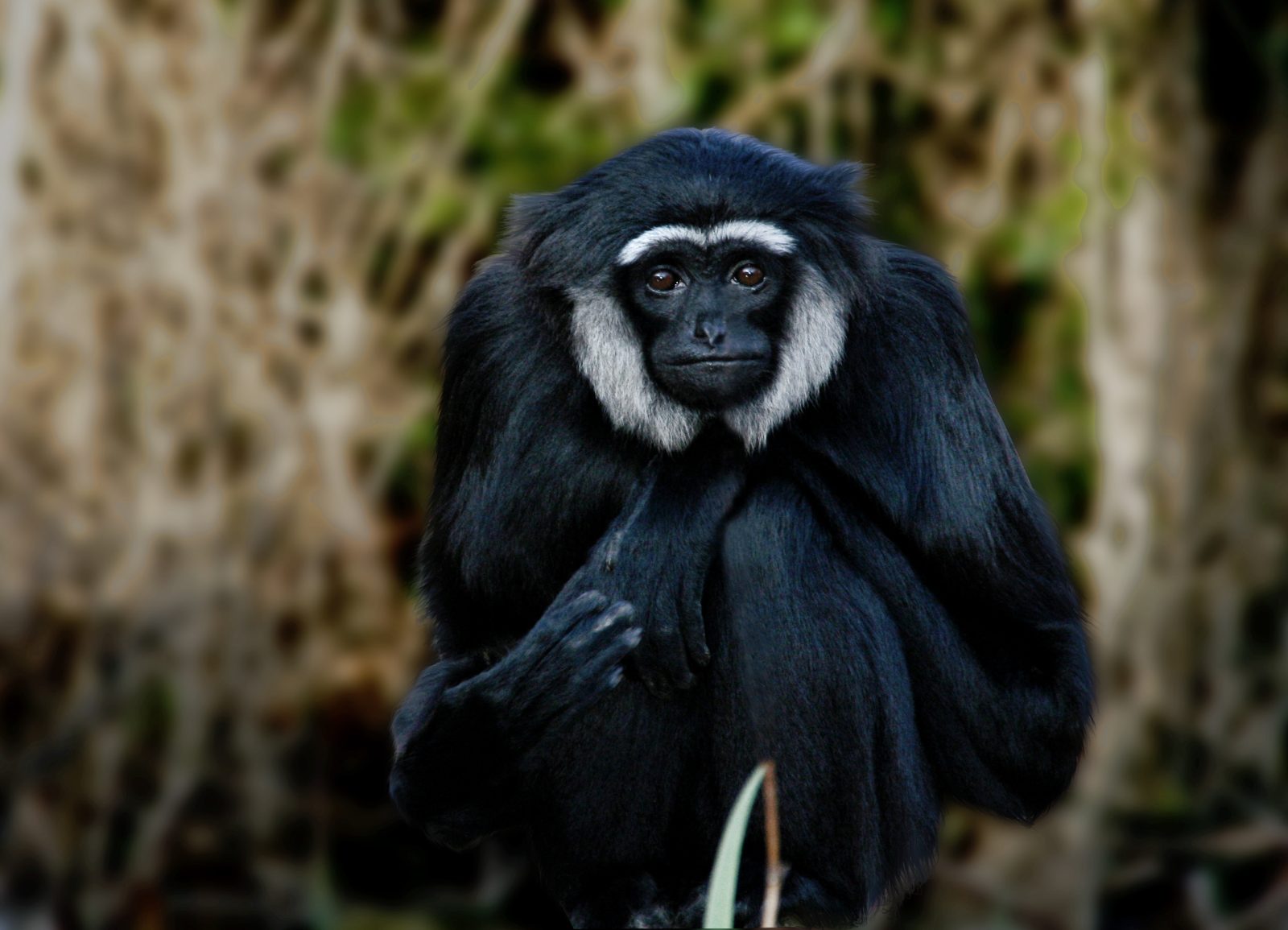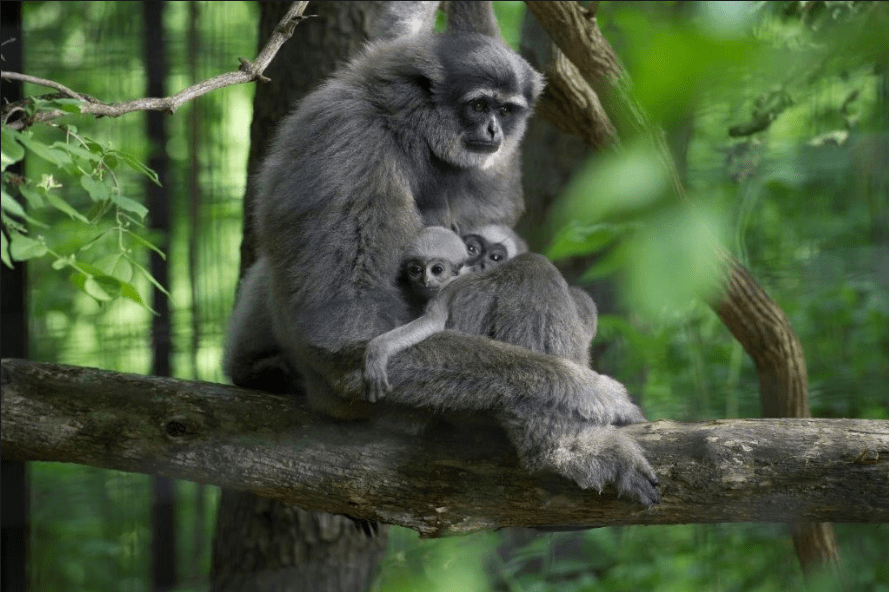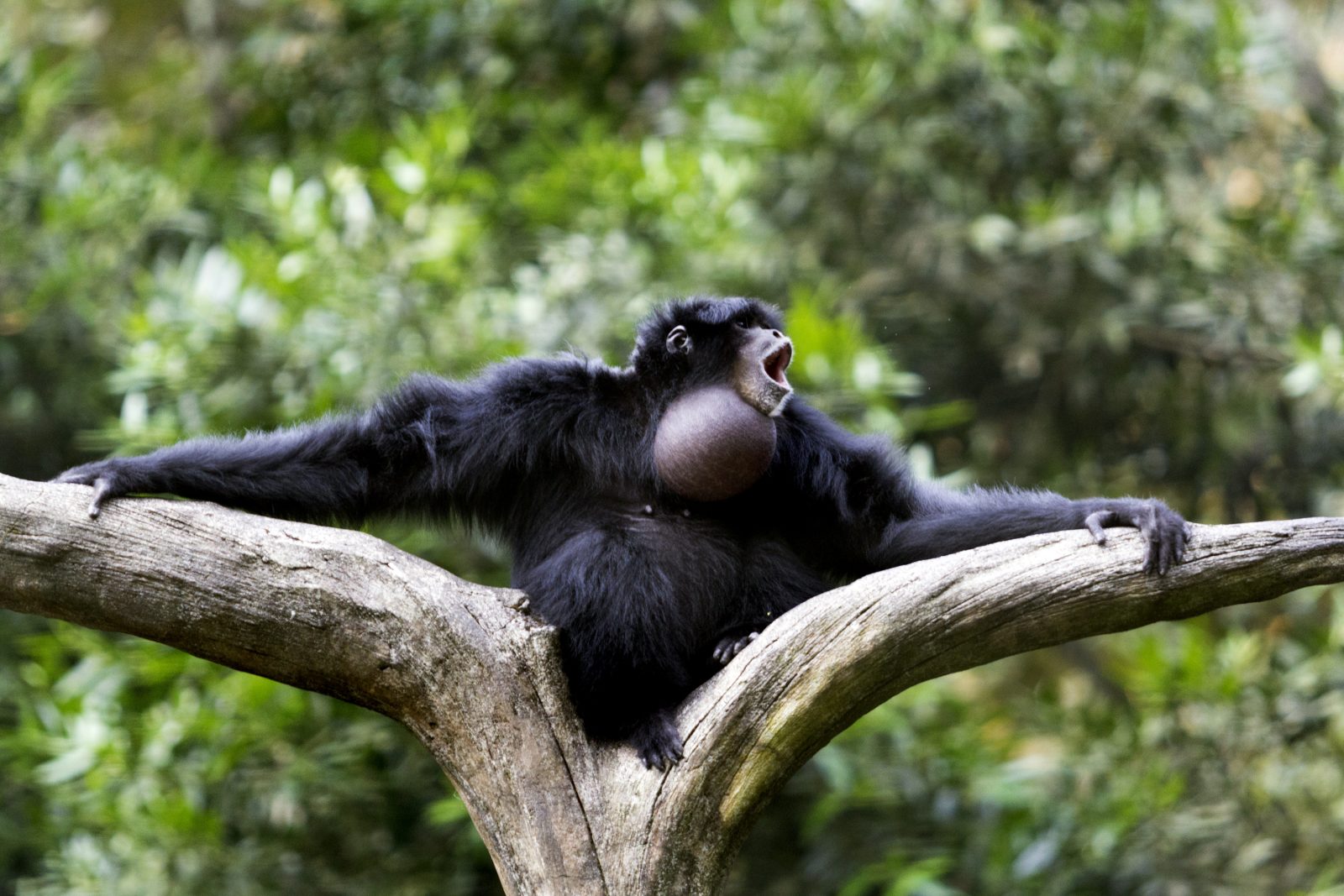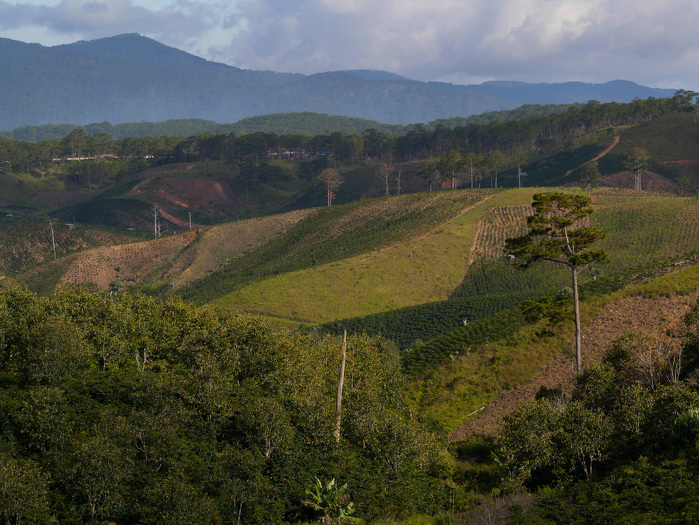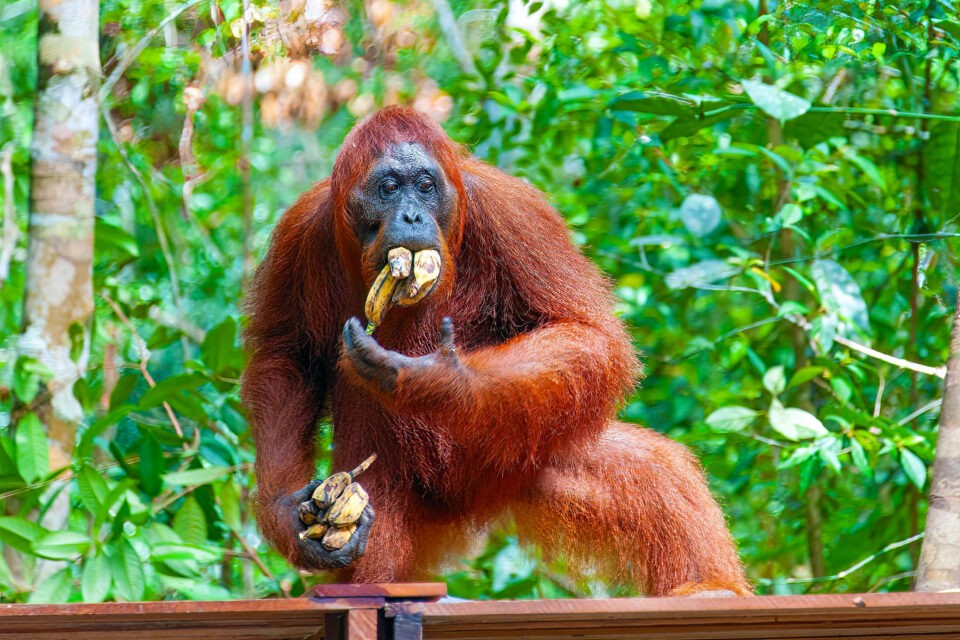Black crested gibbon
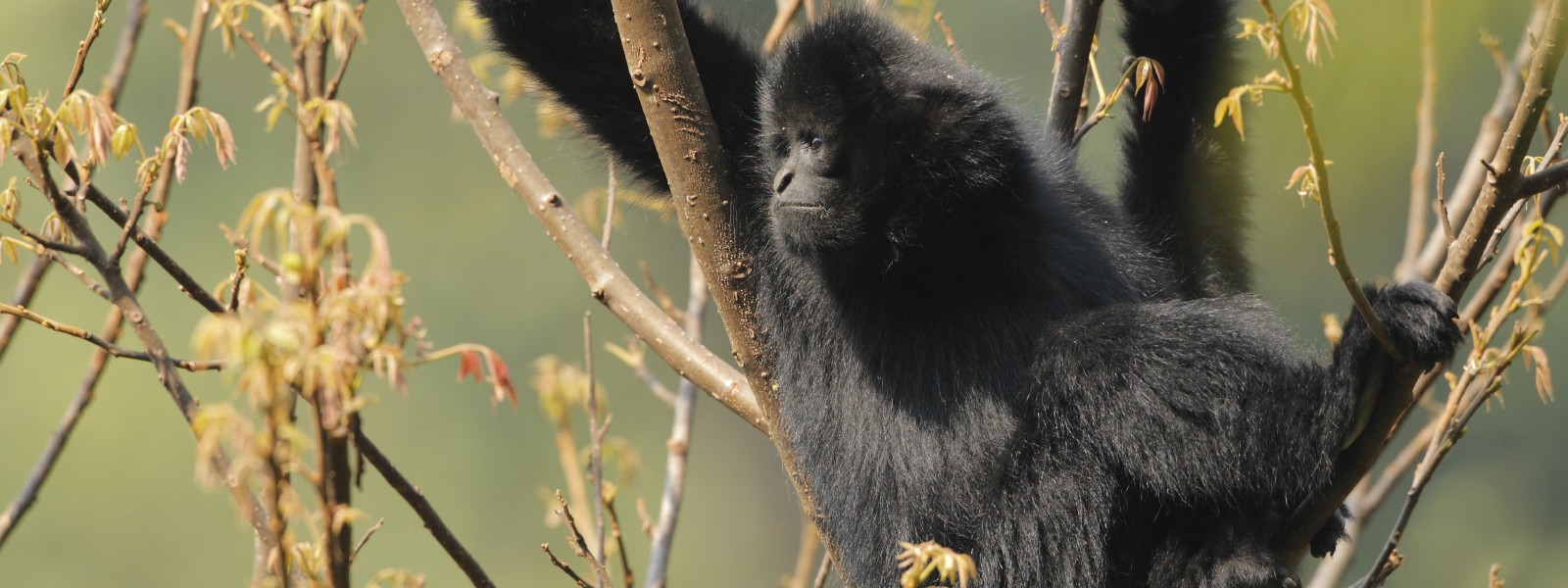
The black crested gibbon is a species found within China Laos and Northern Vietnam. Currently, there are 4 subspecies which are recognized:
- Central Yunnan black crested gibbon (Nomascus concolor jingdongensis), Yunnan province, China
- West Yunnan black crested gibbon (N. c. furvogaster), Yunnan province, China
- Tonkin black crested gibbon (N. c. concolor), northern Vietnam
- Laotian black crested gibbon (N. c. lu), Laos
Looking at fossils and other remains, it is thought that 1000 years ago, the range of this gibbon covered much of Southern China, up to the Yellow river. Perhaps more research is required, as if all these sub-species are this recent, then it may be worth treating them as one mega population and translocating gibbons between the populations so as to retain genetic health in the greater population. The total population is thought to number 1300-2000 (other estimates put the upper limit at 1500).
There are also two species of gibbon that were at once a considered subspecies of the black crested gibbon. While these are now considered separate species, there is still some debate about their classification, and as such, I am going to deal with these separate species within this page as well. These are the
- Eastern black crested gibbon
- Hainan black crested gibbon
Apart from their isolation, and the greater population being stuck in islands of forest, there also appears to be an issue with grey langurs out-competing the gibbons. Whether this is reducing their population or not is not yet known, but having a more varied diet, when times are hard the langurs are more likely to survive
This is not a species that I have written about, but if I do in the future, it will appear below. Furthermore, as we add destinations that are good for this species they will appear below the news

